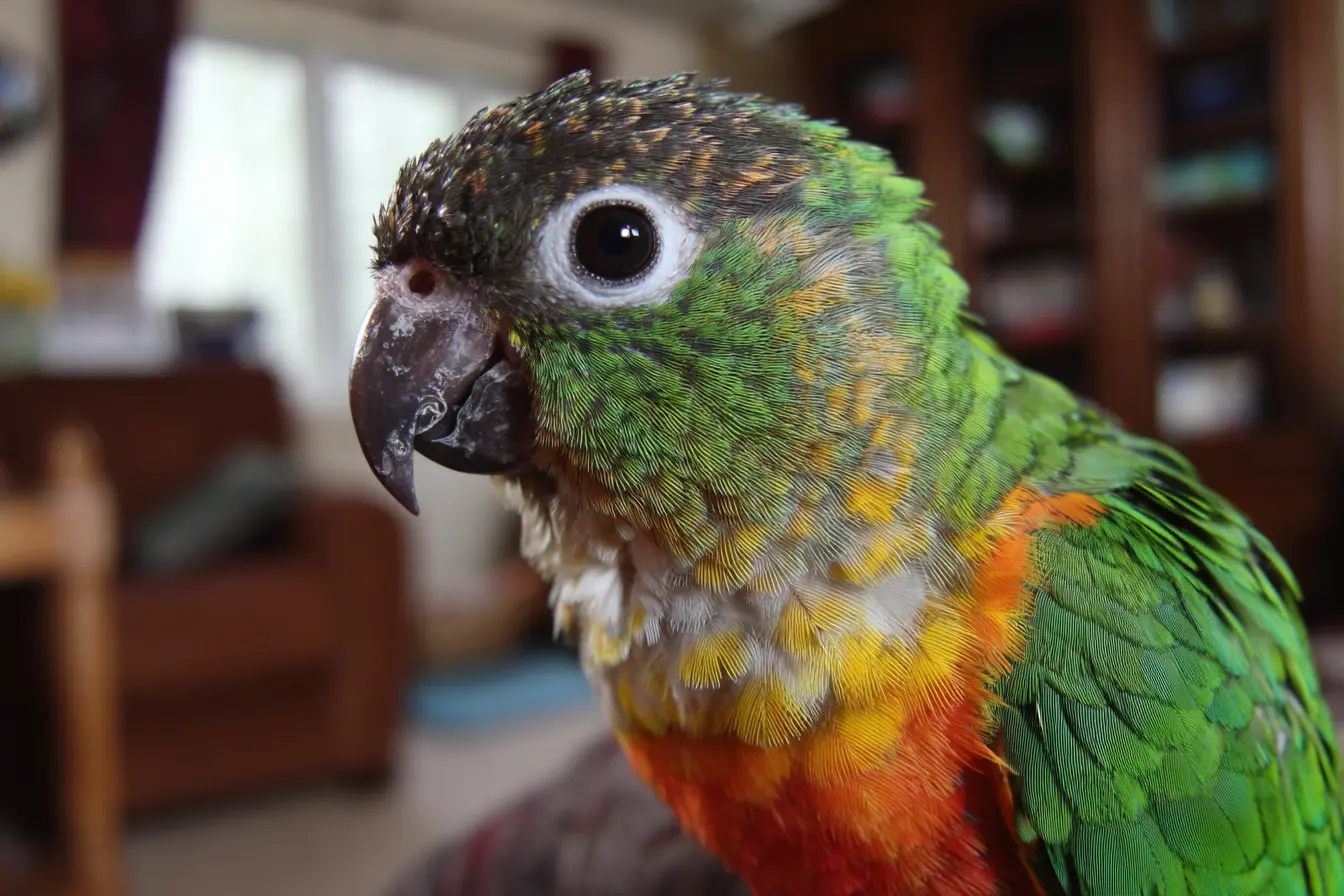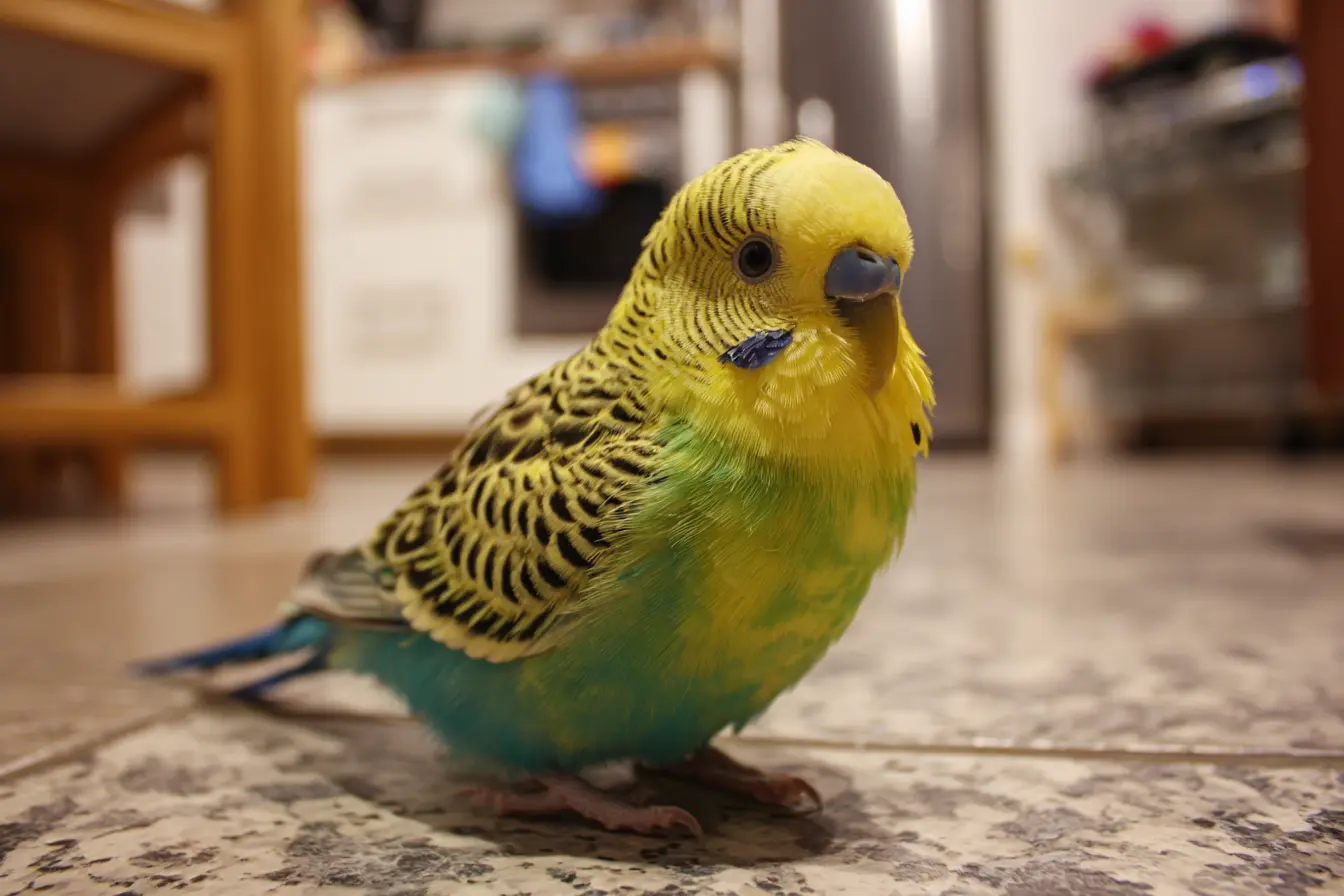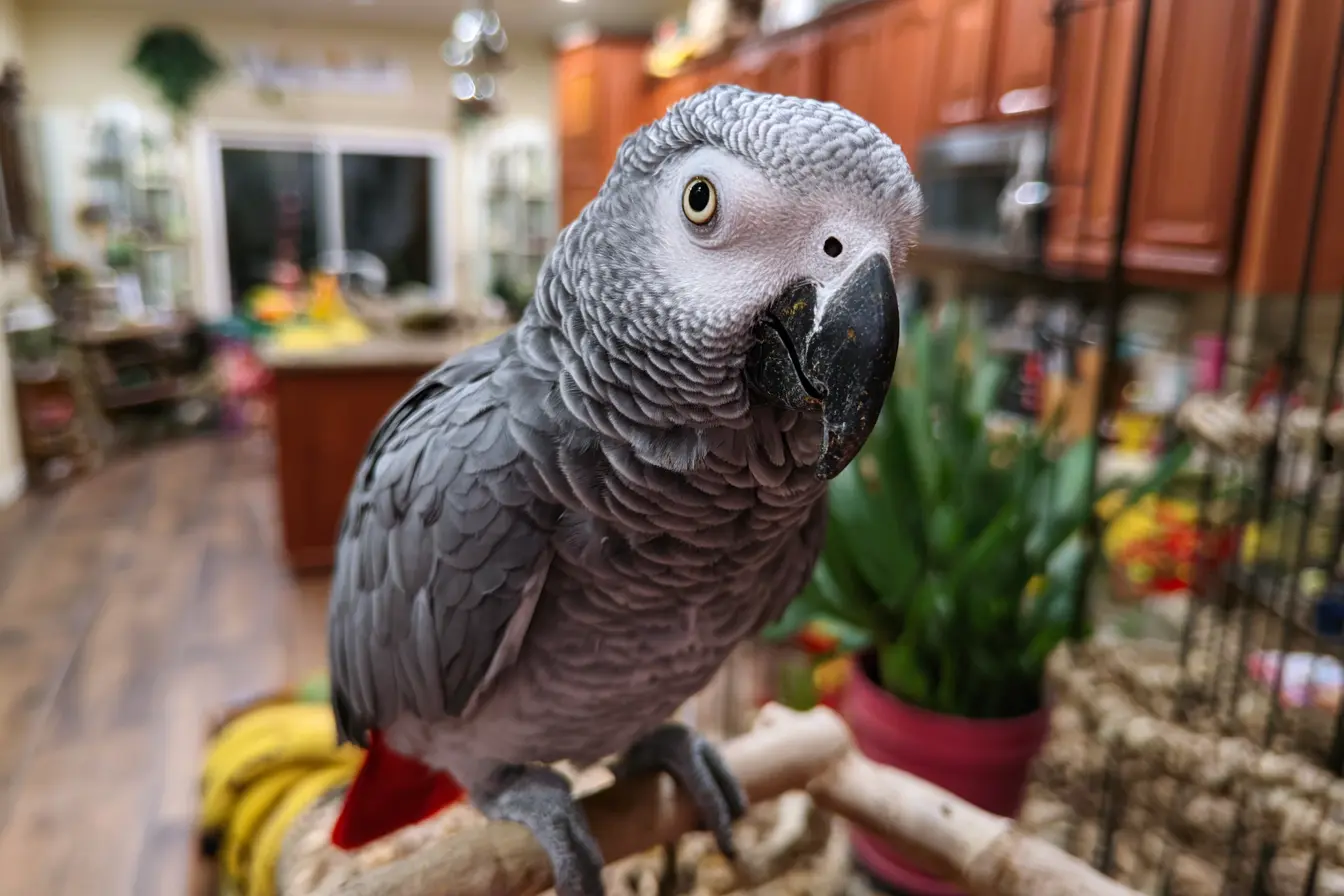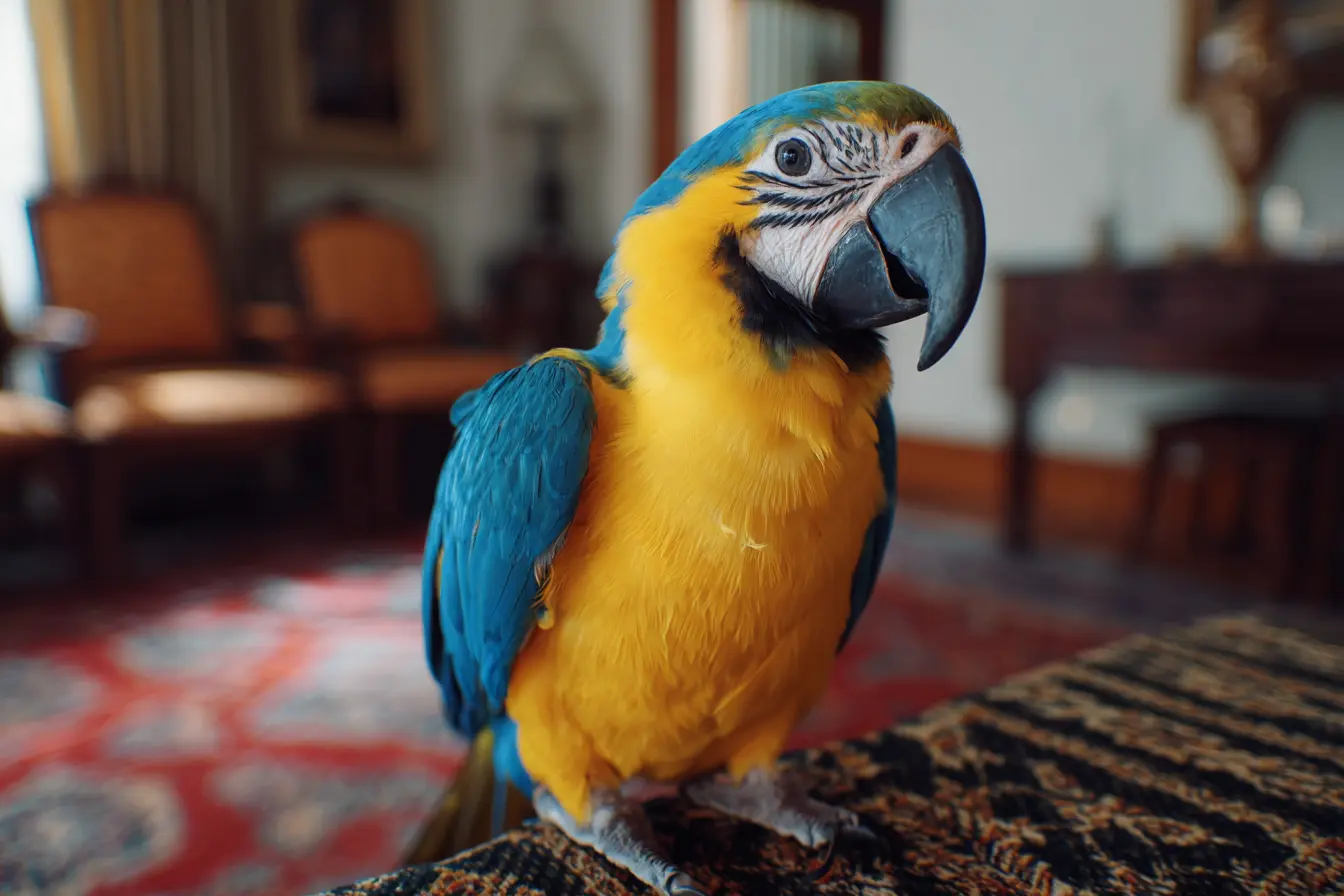
Polyomavirus in Pet Birds: A Guide for Bird Owners
Polyomavirus is a serious and potentially fatal viral infection that affects a wide range of pet bird species, especially parrots such as budgerigars (budgies), lovebirds, cockatiels, conures, and parrotlets. This virus can strike quickly, often with little warning, and poses the greatest risk to young or immunocompromised birds.
Understanding the nature of polyomavirus, how it spreads, its symptoms, and the steps for prevention is crucial for any bird owner who wants to safeguard their pet’s health and well-being.
What Is Polyomavirus?
Avian polyomavirus (APV) is a member of the Polyomaviridae family and is highly contagious among birds. It primarily affects the liver, spleen, kidneys, and immune system, and can be particularly lethal in nestlings and juvenile birds. The virus can be asymptomatic in adults, meaning infected birds might carry and shed the virus without showing any visible signs of illness.
There are different strains of polyomavirus, but the one most commonly found in companion birds is Budgerigar Fledgling Disease Virus (BFDV).
How Is Polyomavirus Transmitted?
Polyomavirus is extremely contagious and can be spread through:
- Direct contact with infected birds
- Airborne particles (from feather dust or droppings)
- Contaminated surfaces, including cages, toys, feeding bowls, and human hands
- Vertical transmission from parent birds to chicks via the egg
- Carrier birds, which may appear healthy but still shed the virus
The virus is robust and can survive for extended periods in the environment, especially in organic matter like dried droppings or feather debris.
Symptoms of Polyomavirus
Symptoms vary depending on the age, species, and immune status of the bird. Young birds are most vulnerable and often exhibit severe signs or die suddenly. Common clinical signs include:
In Young Birds
- Sudden death with no prior symptoms
- Delayed feather development or feather abnormalities
- Distended abdomen due to liver enlargement
- Bruising or haemorrhaging under the skin (especially on the thighs or wings)
- Weakness and lethargy
- Regurgitation or crop stasis
- Poor weight gain
In Adult Birds
- May show no symptoms but still shed the virus
- Occasional signs of general illness such as reduced appetite, lethargy, or poor feather quality
- Reduced breeding success or infertile eggs
Because some birds can carry the virus without illness, testing is the only way to confirm their status.
Diagnosing Polyomavirus
Polyomavirus can only be definitively diagnosed by an avian vet through laboratory testing. Diagnostic steps may include:
- PCR (Polymerase Chain Reaction) tests on blood or faeces to detect viral DNA
- Serology to identify antibodies indicating exposure
- Histopathology from tissue samples in deceased birds
- Crop or cloacal swabs for virus shedding detection
Testing is particularly recommended before introducing new birds to a household or breeding programme.
Is There a Cure for Polyomavirus?
Unfortunately, there is no cure for polyomavirus. Treatment focuses on supportive care to help the bird’s immune system fight the infection and minimise secondary complications. This includes:
- Maintaining hydration and nutrition
- Keeping the bird warm, quiet, and stress-free
- Administering vitamins and supplements to support liver function
- Providing antibiotics or antifungals if secondary infections arise
Birds that survive may still become chronic carriers and continue to shed the virus intermittently for life.
Preventing Polyomavirus
Prevention is the most effective approach, as polyomavirus is difficult to manage once it enters a bird population. Key preventative measures include:
Quarantine New Birds
Isolate all new birds for a minimum of 30–45 days. During this period, observe them for any signs of illness and have them tested for polyomavirus before introduction to the main flock.
Maintain Strict Hygiene
- Wash hands thoroughly before and after handling birds
- Disinfect cages, toys, and feeding equipment regularly with avian-safe disinfectants
- Avoid sharing cages or equipment between birds
- Keep aviaries and breeding areas clean and well-ventilated
Avoid High-Risk Exposure
- Be cautious when attending bird shows or pet shops
- Avoid contact with birds of unknown health status
- Only purchase birds from reputable breeders who test for polyomavirus
Vaccination
In some regions, a vaccine for polyomavirus is available, primarily for high-risk birds such as breeders or hand-fed chicks. It is not routinely given to all pet birds and should be discussed with an avian vet on a case-by-case basis.
When to See a Vet
Contact an avian vet immediately if your bird:
- Shows unexplained bruising or bleeding
- Has delayed feather development or abnormal feather growth
- Becomes lethargic or suddenly ill
- Is part of a flock where another bird has tested positive for polyomavirus
Early detection and isolation are critical to protecting the rest of your flock.
Final Thoughts
Polyomavirus is a serious threat to pet birds, especially young and developing chicks. Though there is no cure, informed care, strict quarantine procedures, and good hygiene practices can go a long way in preventing the introduction and spread of this virus.
Regular health checks, testing, and proactive flock management are key to ensuring a safe and healthy environment for your feathered companions. If you’re concerned about polyomavirus or planning to add a new bird to your home, speak with an avian vet about screening and prevention options.
Vets near you
Speciality vets
- Aquatics vet specialists
- Birds vet specialists
- Camelids vet specialists
- Cats vet specialists
- Cattle vet specialists
- Deer vet specialists
- Dogs vet specialists
- Equines vet specialists
- Exotic vet specialists
- Goats vet specialists
- Pigs vet specialists
- Poultry vet specialists
- Sheep vet specialists
- Small Mammals vet specialists
- Wild vet specialists



